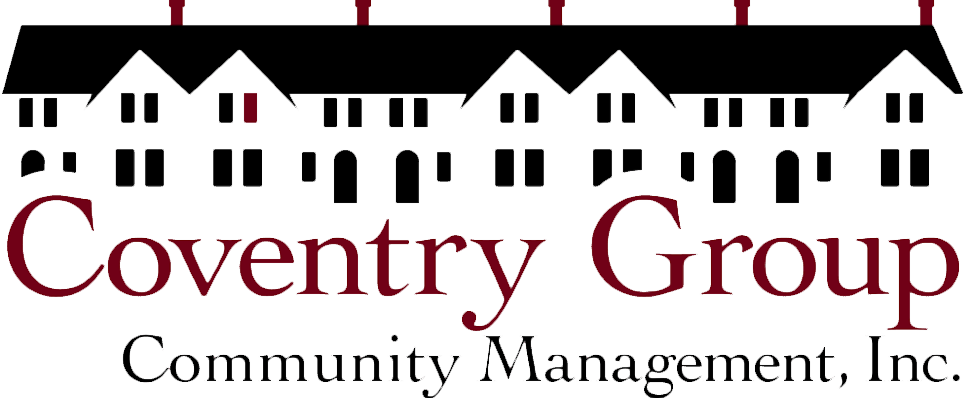by Chris Bruffey
The words “budget season” can evoke sentiments akin to root canals and IRS audits. While it may not be your favorite time of year, a well-planned budget is essential for every successful community association. Go from daunting to done with these budgeting best practices.
Begin with the end in mind. Start by identifying when the budget needs to be completed and back into a timeline that allows ample opportunity for research, review, revisions, and approvals. September and October are common times for association budget planning.
Assess the current and previous years’ income and expenses. Compare actuals to the budget and identify any outstanding financial obligations. This should paint a picture of what’s working and what may need to change.
Determine the parameters for increasing assessments. Are there any limits on how much the board can raise assessments without membership approval? Check your legal documents and determine if statutes limit the board’s ability to increase regular assessments.
Identify fixed and variable expenses. Fixed expenses remain constant monthly (i.e., installment payments for contracts and utility bills). Variable expenses fluctuate based on usage and include maintenance, repairs, landscaping, and amenity-related costs.
Consider the potential impacts of continued inflation. A recent Foundation for Community Association Research survey about rising costs concluded that 91% of community association managers, professionals, and homeowners experienced unexpected increases in ordinary expenses due to inflation. The most common areas cited for increases: insurance premiums, landscape services, maintenance services, management fees, reserve funding, and staffing. Seventy-three percent of survey respondents indicated they would raise assessments next year, with 41% planning to reduce expenses. Fifteen percent will lower their reserve funding contributions.
Allocate funds for reserves. As a banker who offers association loans, I know many loan requests could be avoided with a more intentional approach to reserve funding. A common budget mistake is cutting reserve fund contributions to limit assessment increases. This leads to a slow, steady progression of underfunding reserves.
How does an association know if it has adequate reserve funds? Here are three key actions:
▮ Obtain an updated reserve study from a qualified, experienced CAI business partner. Reserve studies should be completed at least every three years.
▮ Study the report to understand the calculations and prioritize needs (i.e., life safety). Ask questions of the firm that performed the study if anything is unclear.
▮ Develop a plan to fund reserves to the recommended level, focusing on the most critical items.
You don’t have to fix the issue in the first year, but taking action is important. Bolstering reserve funding may entail a significant increase in regular assessments, a special assessment, or a combination of the two.
Involve the community. Solicit feedback and ideas, and host meetings to discuss the budget. The budget should be transparent and reflect the needs and priorities of the community. Make sure members have easy access to the association’s financial reports and the most recent reserve study. Include itemized income and expenses and the impact on reserves if funding recommendations are not met.
Monitor the budget. Budgets are forecasts, and actuals will always vary. Once the budget is set, track income and expenses monthly or quarterly. This will put you one step ahead for next year’s budget process.
A well-planned budget will help ensure your association meets its financial obligations and addresses community needs.
Source: HOAresources.com/Chris Bruffey


